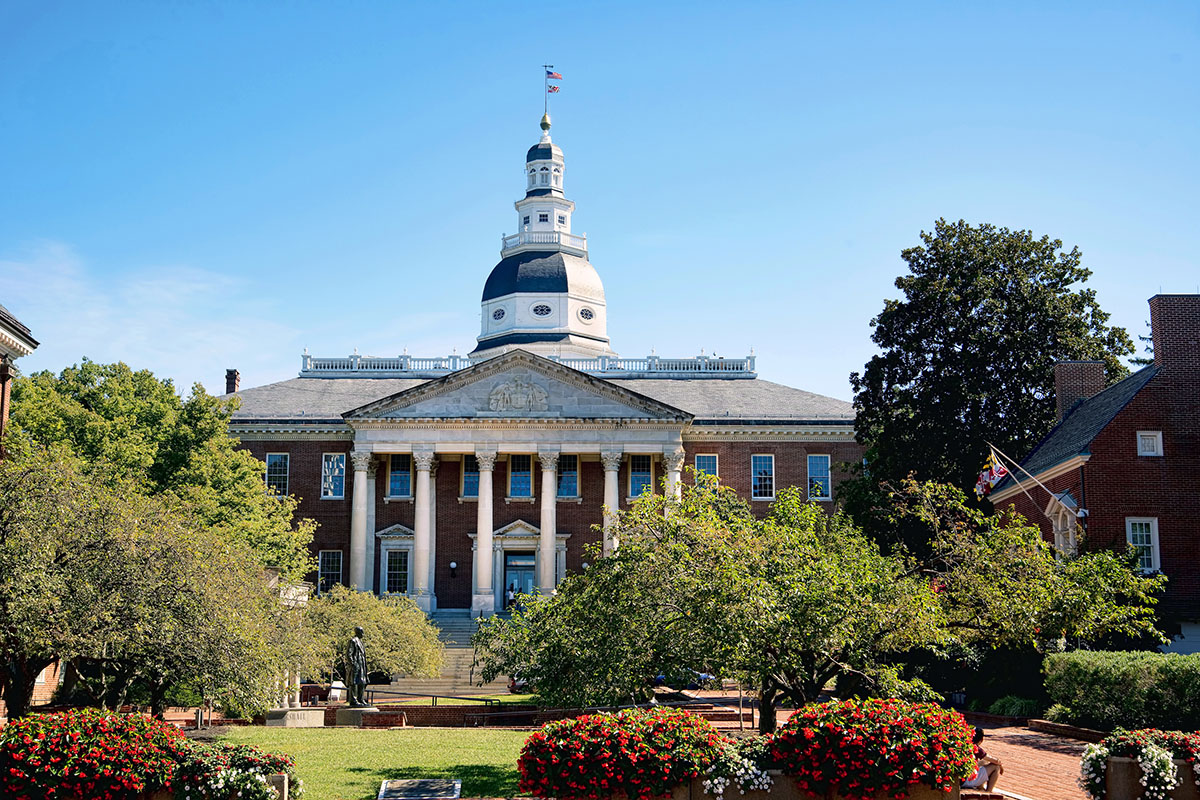Sales Tax & Use Tax: What’s the Difference?
We’ve covered the recent Sales & Use Tax updates after the South Dakota v. Wayfair case on our blog in the past (check out our three posts: South Dakota v. Wayfair: What Does This Mean for Online Retailers?, New Hampshire’s Take On the Wayfair Decision, and How the Wayfair Decision Affects Maryland Businesses). With our upcoming seminar and webinar, Sales and Use Tax After the Wayfair Case, we thought we would get down to the basics: what’s the difference between sales tax and use tax?
Because we have to pay it on most purchases, it’s pretty easy to understand that sales tax is a percentage of the sale price of goods and certain services that will be used, stored, or consumed in the same place that item or service is purchased. Buyers pay sales tax to retailers who then pay it to the state — and sometimes the county or city too.
The concept of use tax is a little more complicated. Buyers must pay use tax on purchases that are subject to sales tax, but are not charged sales tax. This means that if a buyer purchases goods or certain services by a seller who is located outside of the state that they reside in, they must pay tax on it. Though sales tax is usually paid by a consumer, use tax can be levied against a seller or consumer.
Consumer and seller use tax is also different. When consumers make an out-of-state purchase over the Internet, phone, or even in person, and they are not charged sales tax on the item, they are responsible for reporting and paying use tax on the transaction. Consumers would not be charged sales tax on a purchase if that company doesn’t have nexus in the state they reside in. (A nexus is a presence which is established if the company has a physical location, employees, or if they own delivery vehicles in a particular state.) In this instance, retailers don’t have to collect sales tax on the goods or services they are selling, but buyers have to pay consumer use tax.
Seller use tax applies when sales are made to buyers or businesses located outside of the state that the seller has nexus in. Use tax needs to be paid by retailers on inventory purchased without sales tax if they use that inventory at a later time.
The complexity of sales and use tax comes down to the state where the law originates. For more information about how we deal with sales and use tax in Maryland, don’t forget to sign up for the MSATP Sales and Use Tax After the Wayfair Case seminar and webinar on September 25!
MSATP Past President Bill Feehley, CPA, will be teaching the course in Owings Mills, MD, and will be discussing nexus issues for surrounding states, determining when sales tax should be charged and collected from customers in neighboring states, issues related to non-compliance, the Supreme Court’s decision in South Dakota v. Wayfair, and more. Seats will fill up quickly, so sign up now!



